specifically, the long-term local currency (LC) and foreign currency (FC) bank deposit (LT) ratings at OCB were maintained at Ba3. At the same time, the baseline credit assessment (BCA) and adjusted BCA were maintained at B1.
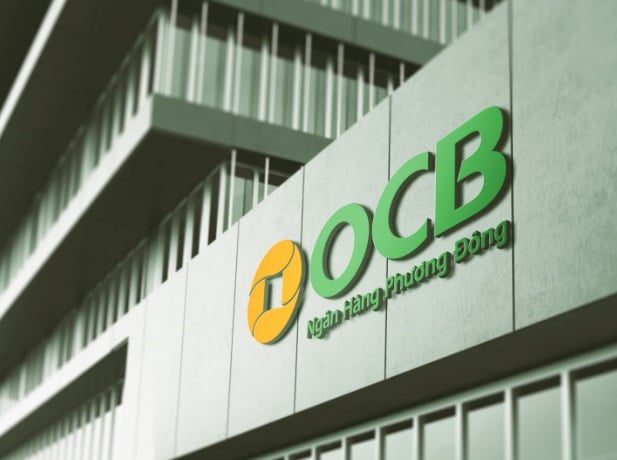
In addition, Moody's also maintains the long-term counterparty risk assessment (CRRs) for foreign and local currencies at Ba3, the long-term counterparty risk rating at Ba3 (cr). Moody's also upgraded OCB's outlook to "stable". According to Moody's assessment, maintaining the BCA rating, along with upgrading the outlook to "stable", reflects the expectation that OCB's capital adequacy is currently superior to other peer banks and will continue to be good in the future, helping to support better risk absorption capacity.
It can be said that in the context of many fluctuations in the domestic and international markets, the banking industry in Vietnam is facing many challenges. Moody's ratings show that OCB is still operating stably and has good tolerance for potential risks.
Last May, OCB was also rated A+ by VIS Rating (a unit established in cooperation with Moody's and several other organizations, initiated by the Vietnam Bond Market Association (VBMA)) for creditworthiness based on profitability, risk management capacity, and asset quality.
VIS Rating evaluates the bank's standalone capacity as showing "Strong" profitability, mainly due to higher lending yields and net interest margins (NIM) than the industry. OCB has many strategies focusing on the individual and small and medium-sized enterprise (SME) segments. This focus helps maintain an average return on assets (ROA) of 2.2% (2019-2023), 1.3% higher than the industry average.
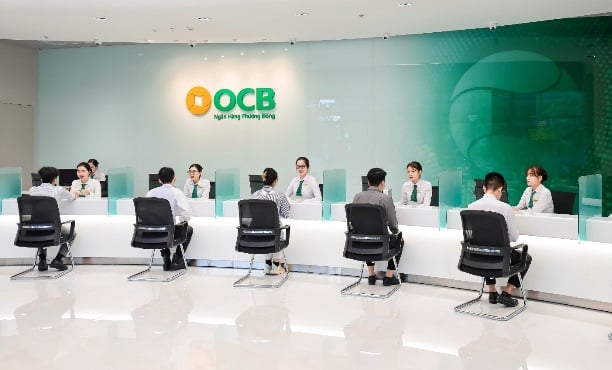
OCB is one of the banks that is always highly appreciated by prestigious credit rating organizations in the world.
VIS Rating stated in the ranking: With improved profitability, we expect OCB's capital scale to continue to maintain at a high level in the next 12-18 months. Efforts to retain capital through stock dividends, if continued, will have a positive effect in promoting capital adequacy.
This organization also assessed that OCB is still managing asset risks well through efforts related to bad debt handling using many methods, prioritizing accompanying customers to overcome difficulties. OCB maintains a fairly tight ratio of real estate-related collateral assets. Thanks to that, the bank's credit costs have been maintained lower than the industry average over the past two years.
It is known that OCB has been implementing a series of solutions to bring the best benefits to customers and investors, as well as continuing to receive high appreciation from reputable credit rating organizations in the world, specifically: Becoming one of the few banks actively applying advanced international standards (advanced Basel II, Basel III for liquidity risk, IFRS9 ...), continuing to consolidate solid capital capacity when the capital adequacy ratio (CAR) reaches 13.8%, much higher than the threshold of 8% as prescribed by the State Bank; Maintaining a healthy balance sheet with a bad debt ratio (SBV) at 2.3% by the end of Q2/2024, complying with the limits prescribed by the State Bank; Proactively managing loans, diversifying credit portfolios, reducing risks during difficult economic times. Notably, in the first 6 months of the year, OCB also increased customer deposits by 4.5%, the CASA ratio increased by 50 percentage points, thereby bringing the CASA ratio to 12.7% by the end of Q2/2024. OCB is currently positively assessed by Moody's with Liquid Assets accounting for 31% of total tangible assets. This liquidity buffer includes cash, required reserves, government bonds and many other valuable papers, helping OCB withstand unexpected market developments.
In the coming time, OCB will continue to maintain and increase this liquidity buffer to ensure safety for OCB's customers and partners and contribute to the stability of the entire banking system.
Source: https://www.congluan.vn/moodys-nang-trien-vong-cua-ocb-len-on-dinh-post311896.html












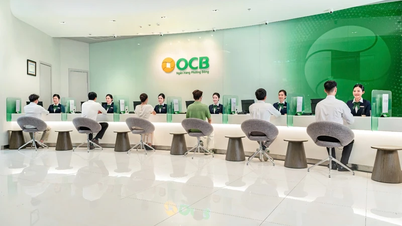



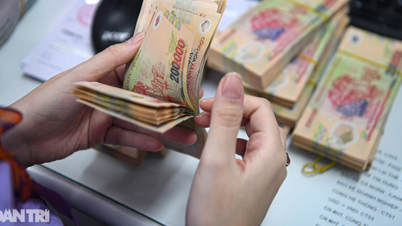

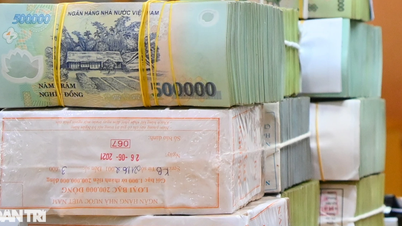














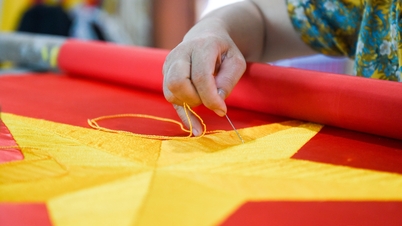

























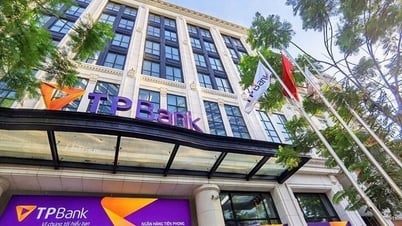





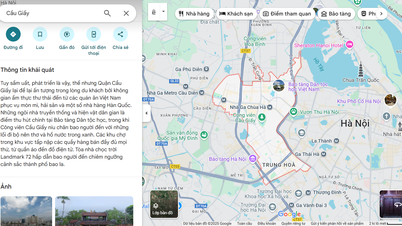











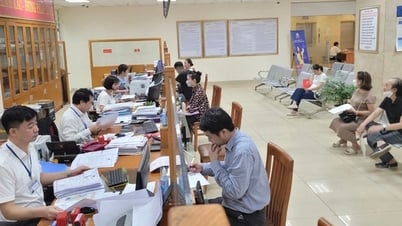


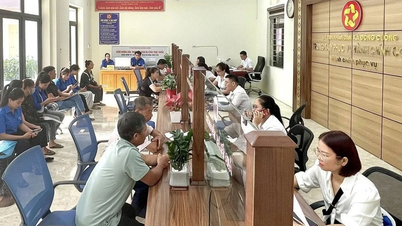








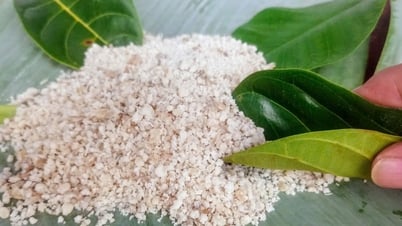













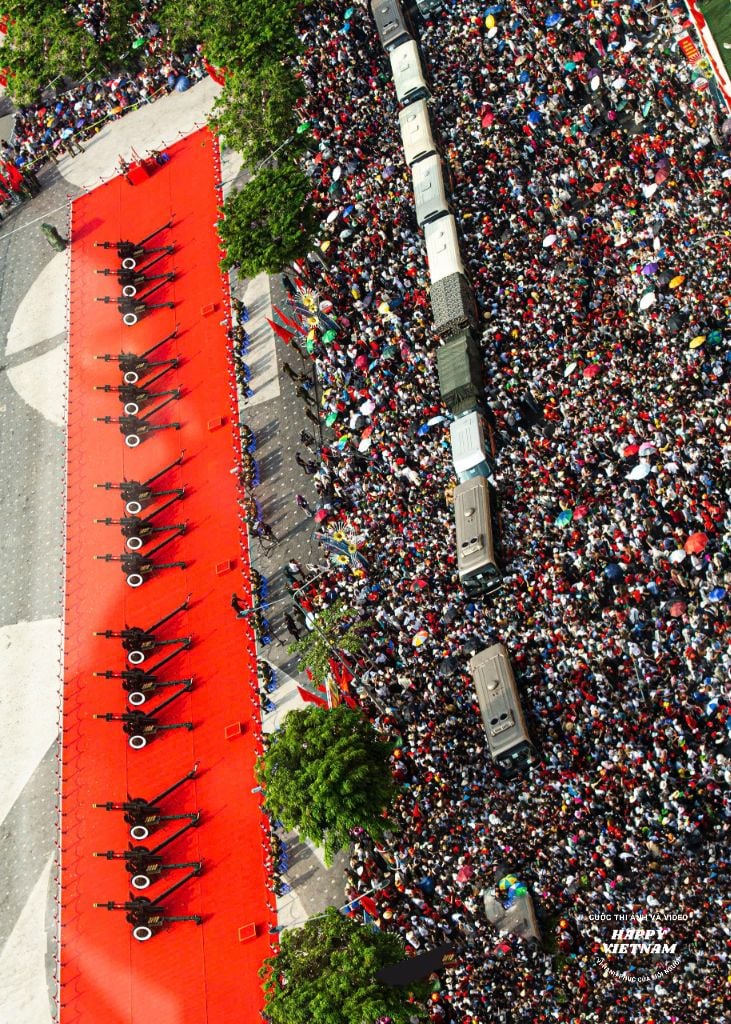
Comment (0)